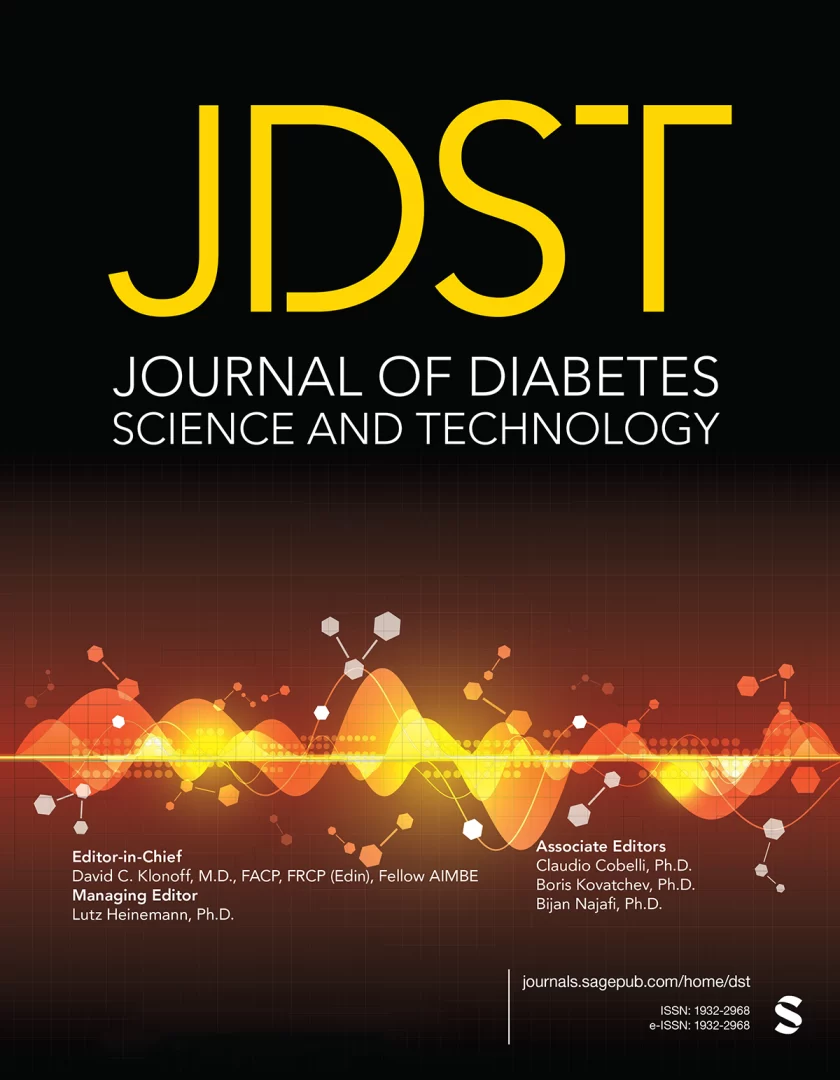The Impact of Automated Insulin Delivery on Type 1 Diabetes Management: A Comprehensive Review

Original Article: https://www.thelancet.com/journals/eclinm/article/PIIS2589-5370(24)00431-0/fulltext
Introduction
Automated insulin delivery (AID) systems have become increasingly vital in managing type 1 diabetes, not only improving glycemic control but also enhancing various aspects of patients’ quality of life. This review analyzed a great deal of existing research from randomized controlled trials (RCTs) and observational pre-post studies to examine how AID systems affect diabetes-related psychosocial outcomes.
Glycemic Control and Psychosocial Benefits
AID systems significantly improve glycemic metrics. Across 62 studies, including over 9,000 participants, patients using AID systems achieved better time-in-range for blood glucose levels (70-180 mg/dL) by approximately 10% compared to standard insulin therapies. This improvement in glycemic control leads to better long-term outcomes, importantly reducing the risk of complications.
AID systems also reduce diabetes distress and fear of hypoglycemia, including in adults and children, further enhancing the quality of life. Sleep quality also improved with these systems especially among parents, as AID systems often reduce nighttime alarms and interruptions.
Conclusions and Future Research
The overall evidence supports AID systems’ benefits. Future studies should aim for greater consistency in assessing patient reported outcomes (i.e., things that matter to people living with type 1 diabetes to better capture the full psychosocial impact of AID systems). Additionally, while AID systems significantly reduce distress and improve glycemic control, they do not function as complete psychosocial interventions. Thus, improvements in broader mental health domains, such as depression, are less likely. More research is needed to explore the impact of newer AID technologies, particularly fully closed-loop systems, and their potential benefits across different age groups, including the elderly.
As these technologies continue to evolve, they hold promise for further enhancing the lives of people with type 1 diabetes, supporting the argument for wider accessibility and adoption of AID systems in diabetes care.

